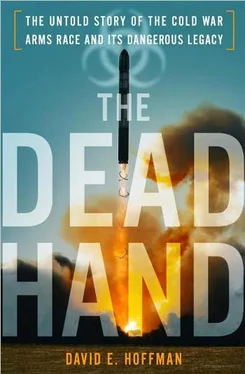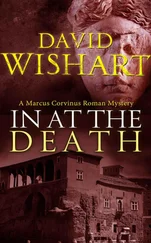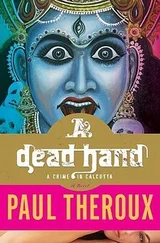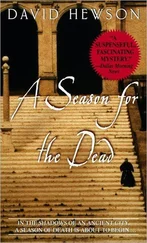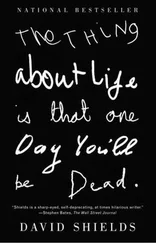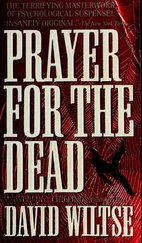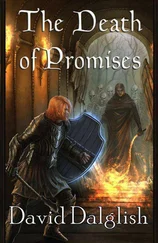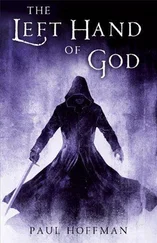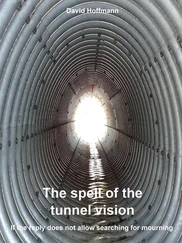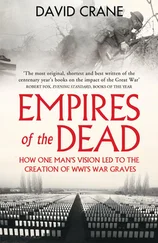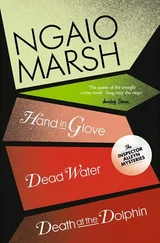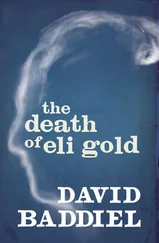15 On the Shevardnadze warning, a confidential source. Baker, Politics of Diplomacy , pp. 82–83. The Gorbachev offer was certainly a gambit to influence Europe, but also a genuine proposal. The United States was pushing allies to modernize the eighty-eight short-range Lance nuclear-tipped missiles in Europe. After implementation of the 1987 INF treaty, these shorter-range missiles would be among the remaining battlefield nuclear weapons available to NATO against a possible Soviet conventional attack. (There were also thousands of other weapons on bombers.) West Germany was balking at modernization, since use of the Lance missiles in war would quite probably be on its soil. Baker thought Gorbachev was undercutting support for Lance modernization. Wohlforth, Cold War Endgame , p. 32; and Michael R. Beschloss and Strobe Talbott, At the Highest Levels: The Inside Story of the End of the Cold War (Boston: Little, Brown, 1993), p. 67. Baker said of Gorbachev, in an interview with the author, “the way he went about it was the gimmicky part. He did it in order to divide us from our European allies.” When I asked Baker if he thought he could have responded differently, he said no. “It was a unilateral move. It wasn’t a question of our having to accept it.” Baker, interview, Sept. 4, 2008. While Katayev’s files show the Kremlin was well aware of the politics in Europe, they also suggest that Gorbachev was serious about tactical nuclear reductions. The issue was included on a Kremlin work plan for arms control in 1989. A memo in the files argues that these weapons in Europe were dangerous and militarily useless. The undated memo said a group of specialists for the Big Five—whom Katayev described as the “non-military” experts in the working group—“believe that short-range land-based nuclear weapons are the most inconvenient and dangerous for all countries in the deterrence arsenal.” Katayev.
16 Fitzwater quickly regretted the words. Marlin Fitzwater, Call the Briefing: Reagan and Bush, Sam and Helen: A Decade with Presidents and the Press (New York: Times Books, 1995), Ch. 10.
17 Masterpieces , July 20, 1989, doc. 73.
18 “Work Plan,” a list of decisions and deadlines for 1989, Katayev.
19 “On reduction of the Armed Forces and spending of the Soviet Union on defense,” January 1989, Katayev.
20 “Growth of Military Spending USSR and USA in 1980–1991,” a chart, Katayev. In January, Gorbachev ordered a reduction of 14.2 percent in military spending, compared to 1987, and a cut in arms manufacture by 19.2 percent, over a two-year period. Military spending in the Soviet Union was 69.5 billion rubles in 1987, 73 billion in 1988, 77.3 billion in 1989, 71 billion in 1990 and 66.5 billion in 1991, the chart says.
21 Akhromeyev, pp. 204–205.
22 Bush and Scowcroft, p. 130. Bush gave a letter suggesting a summit meeting to Akhromeyev during his visit to the United States, to courier back to Gorbachev, bypassing Shevardnadze, who was furious when he found out.
23 Anatoly Chernyaev, My Six Years with Gorbachev (University Park, Pa.: University of Pennsylvania Press, 2000), pp. 225–226.
24 Baker, interview with author, Sept. 4, 2008. See Baker, Politics of Diplomacy , pp. 144–152. The Bush administration remained deeply divided over Gorbachev. On October 16, Baker gave a policy speech to the Foreign Policy Association in New York, saying the United States and Soviet Union should find “points of mutual advantage.” The next day, Vice President Dan Quayle rejected the idea of helping Soviet reform and said “let them reform themselves.” Baker then squelched a pessimistic speech that Gates, then deputy national security adviser, intended to give. Baker, pp. 156–157; Robert M. Gates, From the Shadows: The Ultimate Insider’s Story of Five Presidents and How They Won the Cold War (New York: Simon & Schuster, 1996), p. 480.
25 The origin of this trip was the work that Velikhov had done with Cochran of the NRDC on seismic monitoring. The other scientists were Steve Fetter, University of Maryland; Lee Grodzins, Massachusetts Institute of Technology; Harvey Lynch, Stanford Linear Accelerator; and Martin Zucker, Brookhaven National Laboratory. “Fact Sheet: The Black Sea Experiment,” Natural Resources Defense Council, Washington, D.C. Frank von Hippel came as an observer. Others who also participated included George Lewis of the Center for International Security and Arms Control at Stanford University; Valerie Thomas, Princeton University; William Arkin, the Institute of Policy Studies; Barry Blechman, of Defense Forecast; John Adams, executive director of the NRDC; S. Jacob Scherr and Robert S. (Stan) Norris of the NRDC; and Christopher E. Paine of Senator Edward Kennedy’s staff.
26 Sergei Kortunov, a Foreign Ministry official, said the KGB was unhappy about showing the warhead to foreigners, and tried to block him from participating in preparatory meetings. Kortunov interview, Aug. 30, 2004.
27 Three groups of experiments were conducted. See Steve Fetter et al., “Gamma-Ray Measurements of a Soviet Cruise-Missile Warhead,” Science , vol. 248, May 18, 1990, pp. 828–834; Thomas B. Cochran, “Black Sea Experiment Only a Start,” Bulletin of the Atomic Scientists (November 1989), pp. 13–16. Robert S. (Stan) Norris of the NRDC distributed copies of Soviet Nuclear Weapons , a groundbreaking 433-page book that had more open information about Soviet weapons systems than was available inside the country at the time. Norris, communication with author, June 19, 2008.
28 Velikhov, interview, Sept. 2, 2004.
29 Von Hippel, interview, Jan. 24 and June 1, 2004. Also, Cochran interview, Aug. 19, 2004.
30 Shevardnadze was among the “Big Five” officials who signed the Nov. 21, 1987, document. The speech was Oct. 23, 1989. Later, Akhromeyev wrote in his memoir that he had told Shevardnadze the truth in 1985. Akhromeyev claimed that the military had not misled the political leadership—in fact, it was the political leaders who ordered the station built in the wrong location in order to save money. Akhromeyev, p. 255.
31 Katayev, Hoover.
32 The decision of Oct. 6, 1989, is recorded in Katayev’s spravka titled “On Improvement of Organization of Works on Special Problems,” no date, Hoover. The reference to “parity” really means to preserve what the Soviet system had built; the United States had none.
33 Davis, interview, May 19 and August 11, 2005.
34 MacEachin, interview, July 25, 2005.
35 Ken Alibek with Stephen Handelman, Biohazard: The Chilling True Story of the Largest Covert Biological Weapons Program in the World—Told from Inside by the Man Who Ran It (New York: Random House, 1999), pp. 153–164. He said the vehicle was Yersinia pseudotuberculosis , but Popov said it was Legionella .
36 Popov, interview, March 31, 2005.
CHAPTER 15: THE GREATEST BREAKTHROUGH
1 Pasechnik had specialized in the separation and concentration of radiochemicals in this period. I have drawn on confidential sources for this chapter. For published accounts, see James Adams, The New Spies: Exploring the Frontiers of Espionage (London: Hutchinson, 1994), Ch. 20, “The Weapon of Special Designation.” Adams interviewed Pasechnik in September 1993. Also, Simon Cooper, “Life in the Pursuit of Death,” Seed , issue 4, January–February 2003, p. 68. Pasechnik died Nov. 21, 2001, in Salisbury, England, after a stroke.
2 The Soviet system created larger industrial enterprises and nestled the BW institutes inside them. In this case, the industrial organization was NPO Farmpribor, of which Pasechnik was general director.
3 Davis, the chief biological weapons specialist on the U.K. Defense Intelligence Staff, offered a detailed description of Biopreparat’s scope in an article in 1999, “Nuclear Blindness: An Overview of the Biological Weapons Programs of the Former Soviet Union and Iraq,” Emerging Infectious Diseases , vol. 5, no. 4, July—August 1999, pp. 509–512.
Читать дальше
